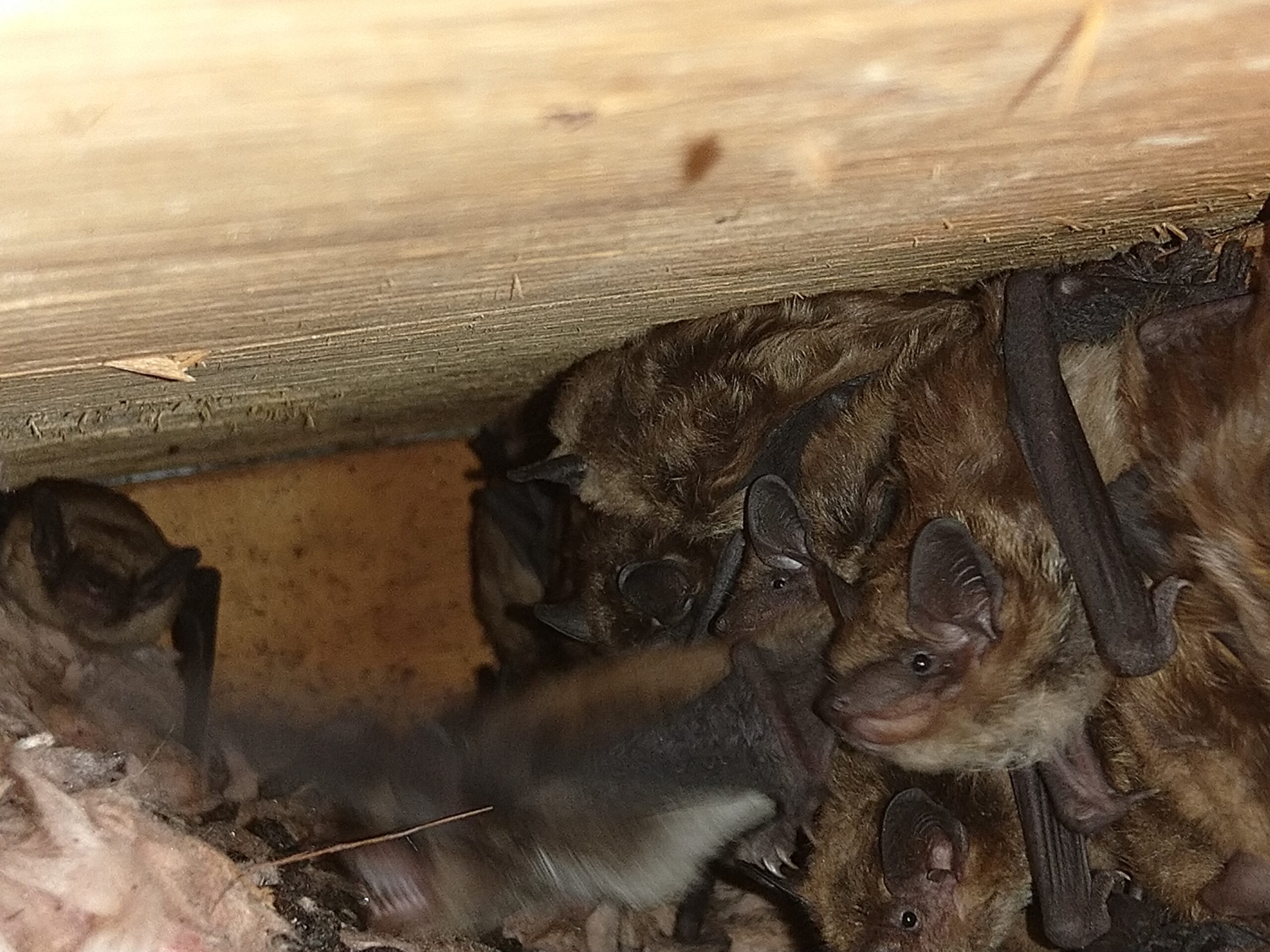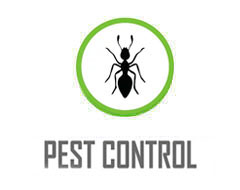
What Do Bats in the Attic Sound Like?
Many believe that bats have poor eyesight or even that they’re completely blind, however this is not the case. They actually have very good eyesight, which at times is what helps them find roosting areas that they’re comfortable with. These include many parts of human dwellings, most predominantly walls, overhangs and attics. Bat removal is important if you’re troubled by these flying mammals, but there is no room for the DIY approach here. You’re best off calling a wildlife control expert to the rescue.
The thing to remember here is that the time of the year is significant when it comes to bat removal. Because bats hibernate in the winter, during this time of year it is biologically impossible to remove them from the home. On the other hand, the simplest time to perform removals is between August and September, as these months represent periods of peak activity for the animals.
BATS IN MY ATTIC! WHAT DO I DO?
DIY removal is not an effective or safe option when it comes to bat removal. Not only do you put yourself in harm’s way as a defensive bat, you could become infected with rabies, or inhale potentially dangerous bacteria while cleaning their feces. If that’s not enough, bat colonies are often home to bat mites, an ectoparasite that can bite humans, and survives off the blood of the bat they are attached to. With all of this in mind, it’s important to rely on specialists who can remove bats and their waste safely.
Bats are an endangered species protected by the Fish and Wildlife Conservation Act, which means that any removal without following the proper guidelines is illegal. To protect bat populations and ensure that you are in accordance with wildlife law, you should always hire professionals to deal with bats in your attic.
HOW WE HUMANELY REMOVE BATS
Bats are removed from houses by installing one-way doors over their entry and exit points. These doors allow bats to exit the home in search of food but prevent their re-entry. The species is active during a very short window, as they typically begin to hibernate by early October, due to the fact that nights become increasingly colder at this time of year and insect food sources die off.
Another reason why August and September are ideal for bat removal is the fact that it is the only period of time when removing bats can be done without hurting them or their babies. Regardless of the fact that babies are born by mid-June and are already well on their way foraging for insects by the end of July, removing their mothers before the babies have taken flight will lead to their death inside the home.
Therefore, the only way possible to get them out of a structure completely safe and in the most humane way is to do so in the short amount of time between August and September or during late spring after hibernation has ended but before babies have arrived. Fortunately, bat control experts can inspect your home for bat infestation throughout the year and develop a game plan for removal that takes into account bat biology and behaviour.
LET SKEDADDLE GIVE YOU A SAFE AND BAT FREE HOME
As for why you’d want to get rid of them – aside from the obvious reasons of having wild animals endangering your home and family – there are a number of health concerns associated with these mysterious critters. Namely, bat urine and guano accumulate and build up over time, which can not only cause bad odors but attract other insects. Furthermore, guano – or bat droppings – also encourages the rotting of wood, as it raises moisture content in its vicinity. Most importantly, bat guano has been linked with histoplasmosis, a dangerous respiratory illness.
Bats are also known carriers of rabies and when they make their way into the living space of the house from the attic they can put your family and pets at risk for a bite. To avoid encounters with bats inside your home it’s best to depend on professional bat removal specialists.
CALL US TODAY
1.888.592.0387
OR
Request for Services



FOLLOW US